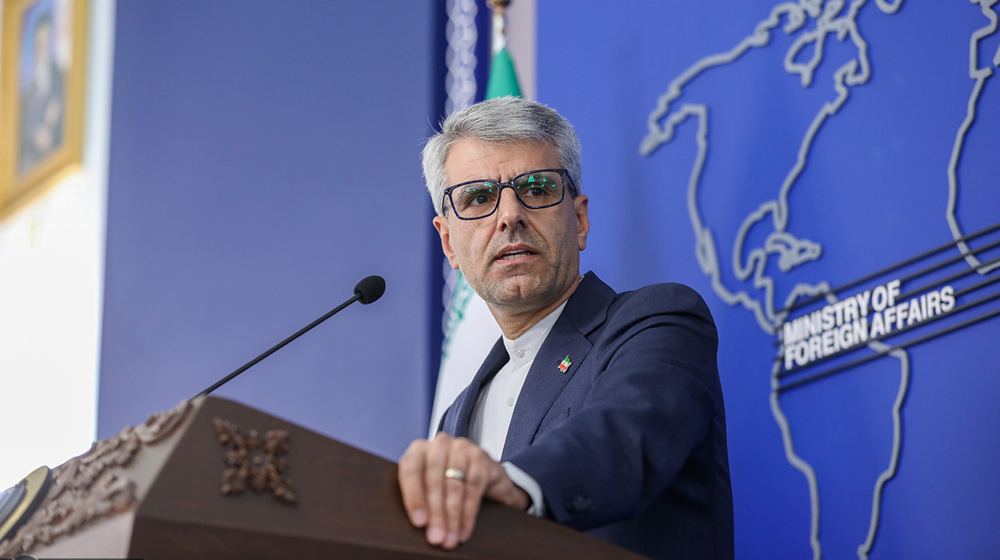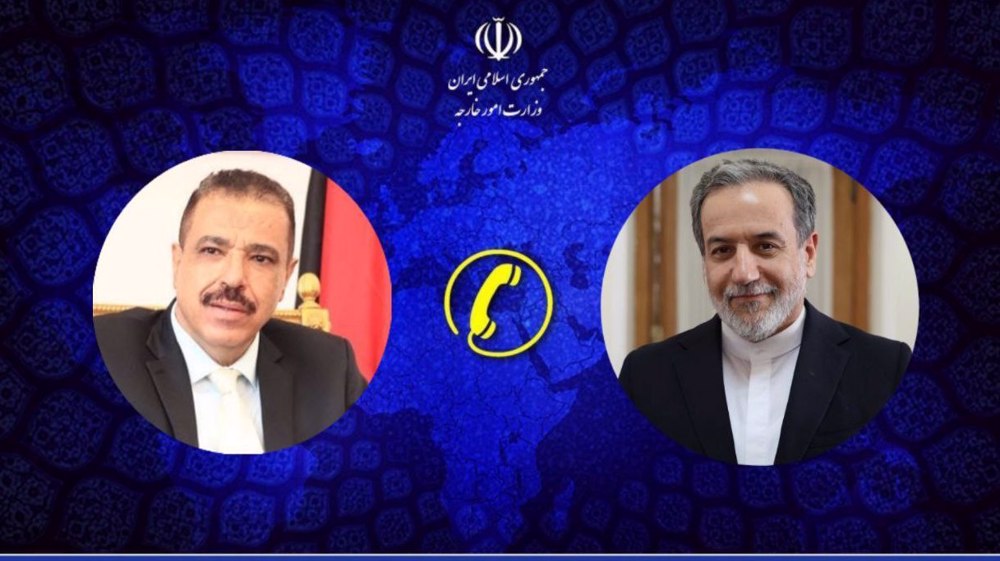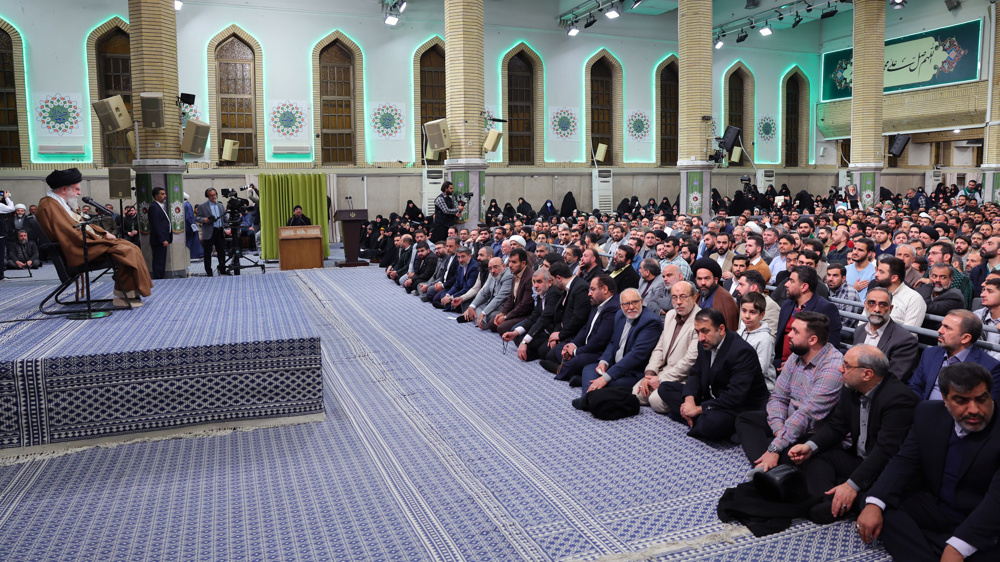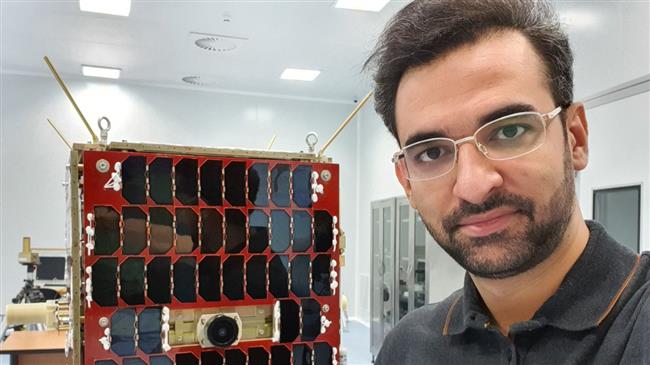Iran says will soon launch Zafar satellites into orbit
Iran's Minister of Information and Communications Technology (ICT) Mohammad Javad Azari Jahromi says two Zafar (Victory) satellites have successfully passed tests and will soon be launched into space.
In a post on his Twitter account on Sunday, Azari Jahromi said the Zafar 1 and 2 satellites were being carried later in the day to the space center in central Iran for launch.
"Following attempts by young Iranian scientists, the Zafar 1 and 2 satellites, which have successfully passed their tests, will be deployed to the space center today so that the process for putting them in orbit can commence soon,” he said. "The satellite and the satellite carrier are both an important research step.”
He also wished success for the whole project.
صبح برفی شما بخیر!
— MJ Azari Jahromi (@azarijahromi) January 19, 2020
با تلاش دانشمندان جوان ایرانی، «ماهوارههای ظفر ۱و۲» که تستهای موفق خود را پشت سر گذاشتهاند، امروز راهی پایگاه فضایی میشوند تا به زودی فرآیند قرار گرفتن آنها در مدار طی شود
این «ماهواره» و «ماهوارهبر» هر دو یک گام تحقیقاتی مهمند
به امید موفقیت#آینده_روشن✨ https://t.co/jKSeIzlnCo
Zafar, designed by Iran University of Science and Technology, is a 113-kilogram remote-sensing satellite equipped with high-resolution cameras capable of monitoring and transmitting data on natural resources as well as agricultural and environmental developments.
It is likely to be launched by Simorgh, also called Safir-2, an expendable small-capacity orbital carrier rocket.
The Zafar 1 satellite, which will be placed 500 kilometers above the earth’s surface, can orbit the planet 16 times a day, each taking 90 minutes.
The difference between Zafar 1 and Zafar 2 is that the latter is equipped with color cameras.
In September 2019, the US Treasury slapped sanctions on the Iran Space Agency, Iran Space Research Center and the Astronautics Research Institute.
At the time, the ICT minister posted a photo of the galaxy on his Twitter account and wrote, “I can't even locate the US in this picture, let alone sanctions on Space! The universe & #BrightFuture belong to everyone, not to a few!"
I can't even locate the US in this picture, let alone sanctions on Space!
— MJ Azari Jahromi (@azarijahromi) September 4, 2019
The universe & #BrightFuture✨ belong to everyone, not to a few!
Stop imitating #Thanos, Donald Trump! pic.twitter.com/LeacqqpmJL
Iran launched its first locally-built satellite, Omid (Hope), in 2009. The country also sent its first bio-capsule containing living creatures into space in February 2010, using Kavoshgar (Explorer)-3 carrier.
In February 2015, Iran placed its domestically-made Fajr (Dawn) satellite into orbit, which is capable of taking and transmitting high-quality photos to stations on Earth.
In January 2019, the Payam (Message) satellite was launched into space with an aim to collect environmental information; however, technical problems that occurred during the final stage of the launch prevented the spacecraft from reaching orbit.
‘All wars have rules. All of those rules have been broken’ by Israel
VIDEO | Report flags India’s violation of rights of Rohingya detainees
Turkey's foreign minister meets Syria's de facto leader in Damascus
'Next to impossible' to rescue patients from Gaza's Kamal Adwan Hospital: Director
VIDEO | Vietnam current prosperity
Report blames gasoil exports for shortage at Iranian power plants
VIDEO | Hind Rajab Foundation names Israeli war criminals vacationing after Gaza genocide
VIDEO | Australians rally for Gaza ahead of Christmas festivities
















 This makes it easy to access the Press TV website
This makes it easy to access the Press TV website